 Winter is just around the corner (pout, moan, cry). But before its official debut, I thought I’d pay tribute to the wonderful adventures we embarked on during our study of Autumn.
Winter is just around the corner (pout, moan, cry). But before its official debut, I thought I’d pay tribute to the wonderful adventures we embarked on during our study of Autumn.
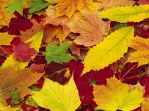 We began our exploration by taking an investigative walk around the school yard, looking for evidence of Fall. Among the many things we observed, students marveled at the beautiful, colourful leaves everywhere; leaves of different shape, size and colour.
We began our exploration by taking an investigative walk around the school yard, looking for evidence of Fall. Among the many things we observed, students marveled at the beautiful, colourful leaves everywhere; leaves of different shape, size and colour.
 As with any great investigation, we had to gather specimens to bring back and explore further in our classroom – red leaves, yellow leaves, big leaves, little leaves, oak leaves, maple leaves, and what’s this – acorns, pine cones, flowers, twigs and rocks – all were welcomed.
As with any great investigation, we had to gather specimens to bring back and explore further in our classroom – red leaves, yellow leaves, big leaves, little leaves, oak leaves, maple leaves, and what’s this – acorns, pine cones, flowers, twigs and rocks – all were welcomed.



Over the next several weeks, we were quite busy inquiring, learning and integrating our artifacts into every aspect of our day. We read many books about Fall, trees, seeds and leaves.
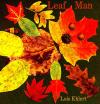
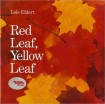


We documented and wrote about Fall changes. We learned about and labeled the different parts of a leaf. We counted, graphed, sorted and made patterns with leaves. We even made a pine cone shaker (to complement the seed shaker we previously made during our Apple inquiry – it turned out to be a great way to distinguish between the different sounds seeds can make).




We created art with leaf rubbings and leaf stamps (students loved creating their own Leaf Creatures, which after being displayed on our walls, made an entertaining class book).




It was endless! The ideas kept pouring, and the fun and learning continued.




For the culminating activity, we created a class book where each student got to contribute their idea to a page about leaves (parents really enjoyed looking through it during our Fall conferences). Students also had a chance to read a personalized book about leaves with our Grade Three Reading Buddies – they were so excited, I was so proud.
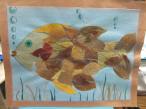 Though I generally have an overall sense of where I’d like an inquiry based opportunity to lead, I can never truly predict how vast or fruitful it will grow to be. It is the students’ curiosity and eagerness that determines the direction and range of learning. Regardless, I am always pleasantly surprised and excited to see where each inquiry will take us.
Though I generally have an overall sense of where I’d like an inquiry based opportunity to lead, I can never truly predict how vast or fruitful it will grow to be. It is the students’ curiosity and eagerness that determines the direction and range of learning. Regardless, I am always pleasantly surprised and excited to see where each inquiry will take us.
 Enjoy the last bit of Fall everyone. Thank you for your time.
Enjoy the last bit of Fall everyone. Thank you for your time.
Lora
 Boredom Buster is a term my daughter recently coined for an activity I introduced her to while she was waiting for her brother to finish his lunch (I should mention that sledding was next on our agenda and so she was impatiently nudging our slow eater along). I drew a letter in her sketch pad and challenged her to turn it into a picture. Before long, her sketch pad was filled with dressed up letters. My son, who had been eagerly watching, asked to join in. With the promise of eating faster and multi-tasking efficiently, he set to the boredom buster as well (which by now was serving a different purpose entirely). Five minutes later, the lunch plate was empty but neither of them were in any rush to go sledding anymore (gotta love those moments).
Boredom Buster is a term my daughter recently coined for an activity I introduced her to while she was waiting for her brother to finish his lunch (I should mention that sledding was next on our agenda and so she was impatiently nudging our slow eater along). I drew a letter in her sketch pad and challenged her to turn it into a picture. Before long, her sketch pad was filled with dressed up letters. My son, who had been eagerly watching, asked to join in. With the promise of eating faster and multi-tasking efficiently, he set to the boredom buster as well (which by now was serving a different purpose entirely). Five minutes later, the lunch plate was empty but neither of them were in any rush to go sledding anymore (gotta love those moments).
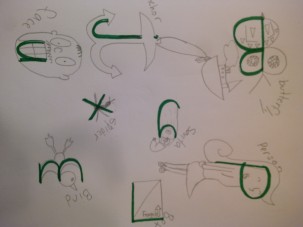






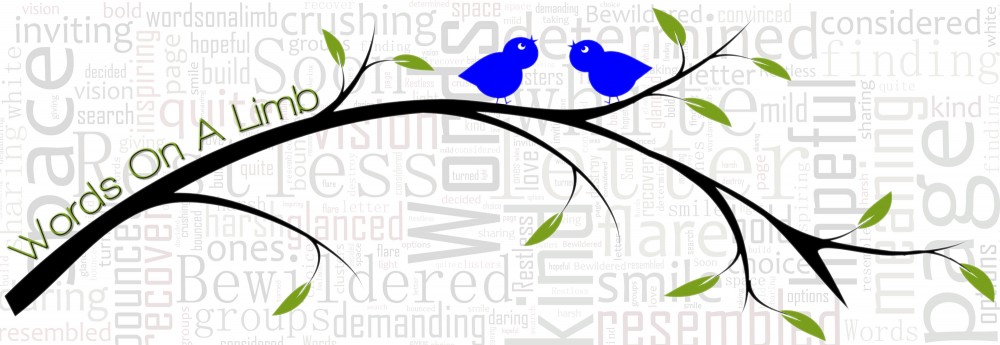






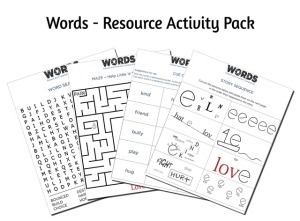
 Get out your sketch pads, sharpen those pencils, it’s time fo
Get out your sketch pads, sharpen those pencils, it’s time fo r an Art Competition. Words on a Limb would like to invite readers (ages 6-10) to send in their best illustrations, capturing the essence of the picture-book, Words. The winner will receive a hardcover edition of Words and have their work featured on our site, as well as Lora Rozler’s
r an Art Competition. Words on a Limb would like to invite readers (ages 6-10) to send in their best illustrations, capturing the essence of the picture-book, Words. The winner will receive a hardcover edition of Words and have their work featured on our site, as well as Lora Rozler’s 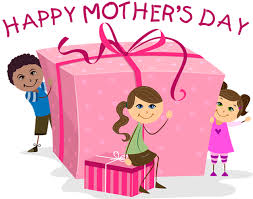
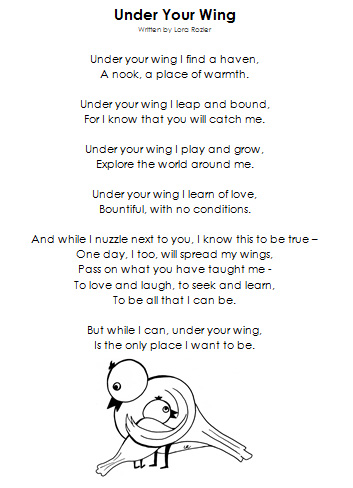






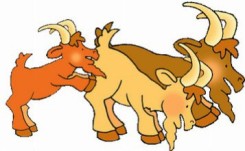 Hello everyone. I hope you had a restful March break and are excited about the week ahead. I’d like to share a poem I wrote a little while back titled,
Hello everyone. I hope you had a restful March break and are excited about the week ahead. I’d like to share a poem I wrote a little while back titled, 

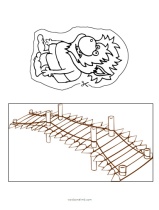
 One of my students favourite follow-up activities was to re-enact the poem using stick puppets. It is a wonderful way for them to practise retelling the story and have fun while doing so. Some benefits of using stick puppets to teach literacy include strengthening oral vocabulary, acting in role, building comprehension, retelling a story in sequence, and recalling details.
One of my students favourite follow-up activities was to re-enact the poem using stick puppets. It is a wonderful way for them to practise retelling the story and have fun while doing so. Some benefits of using stick puppets to teach literacy include strengthening oral vocabulary, acting in role, building comprehension, retelling a story in sequence, and recalling details.



 We began our exploration by taking an investigative walk around the school yard, looking for evidence of Fall. Among the many things we observed, students marveled at the beautiful, colourful leaves everywhere; leaves of different shape, size and colour.
We began our exploration by taking an investigative walk around the school yard, looking for evidence of Fall. Among the many things we observed, students marveled at the beautiful, colourful leaves everywhere; leaves of different shape, size and colour. As with any great investigation, we had to gather specimens to bring back and explore further in our classroom – red leaves, yellow leaves, big leaves, little leaves, oak leaves, maple leaves, and what’s this – acorns, pine cones, flowers, twigs and rocks – all were welcomed.
As with any great investigation, we had to gather specimens to bring back and explore further in our classroom – red leaves, yellow leaves, big leaves, little leaves, oak leaves, maple leaves, and what’s this – acorns, pine cones, flowers, twigs and rocks – all were welcomed.


















 Though I generally have an overall sense of where I’d like an inquiry based opportunity to lead, I can never truly predict how vast or fruitful it will grow to be. It is the students’ curiosity and eagerness that determines the direction and range of learning. Regardless, I am always pleasantly surprised and excited to see where each inquiry will take us.
Though I generally have an overall sense of where I’d like an inquiry based opportunity to lead, I can never truly predict how vast or fruitful it will grow to be. It is the students’ curiosity and eagerness that determines the direction and range of learning. Regardless, I am always pleasantly surprised and excited to see where each inquiry will take us.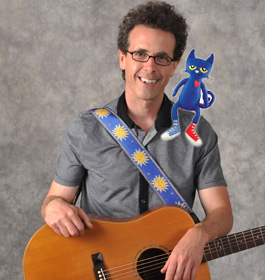
 I grew up in Dobbs Ferry on the Hudson, a small town in the Hudson River Valley. It’s very beautiful there. As a kid I would say I was creative and quiet. I loved to read.
I grew up in Dobbs Ferry on the Hudson, a small town in the Hudson River Valley. It’s very beautiful there. As a kid I would say I was creative and quiet. I loved to read. character created by illustrator James Dean. I felt that this cat and the story of the girl with her white shoes were a good fit. I had a vision to blend early literacy, folk art and music together.
character created by illustrator James Dean. I felt that this cat and the story of the girl with her white shoes were a good fit. I had a vision to blend early literacy, folk art and music together.
